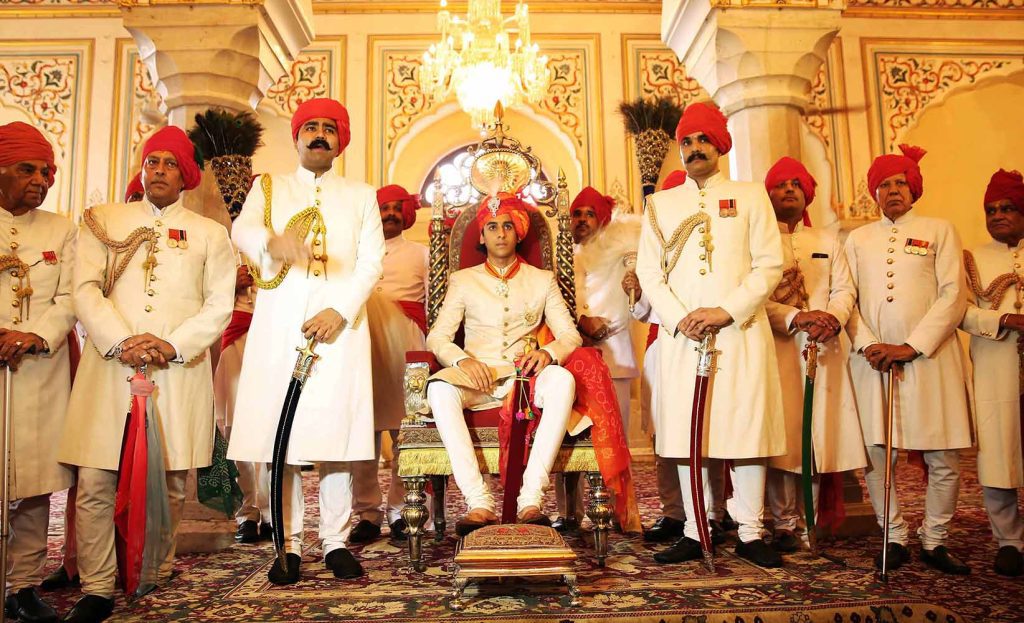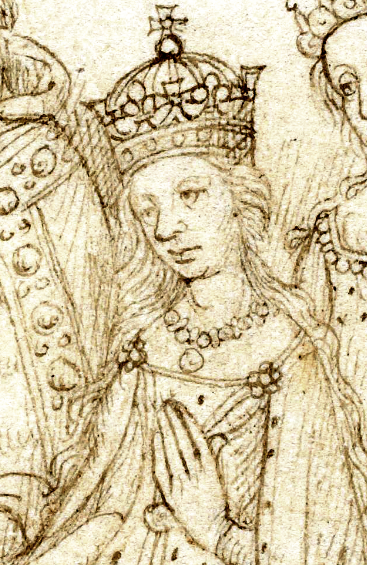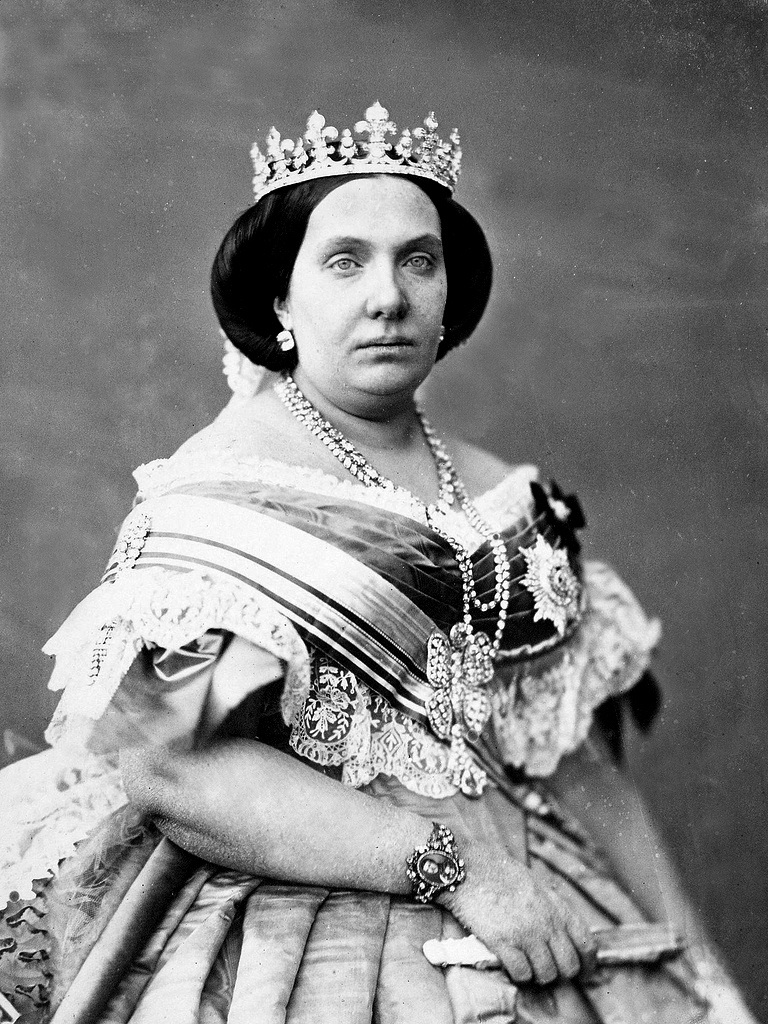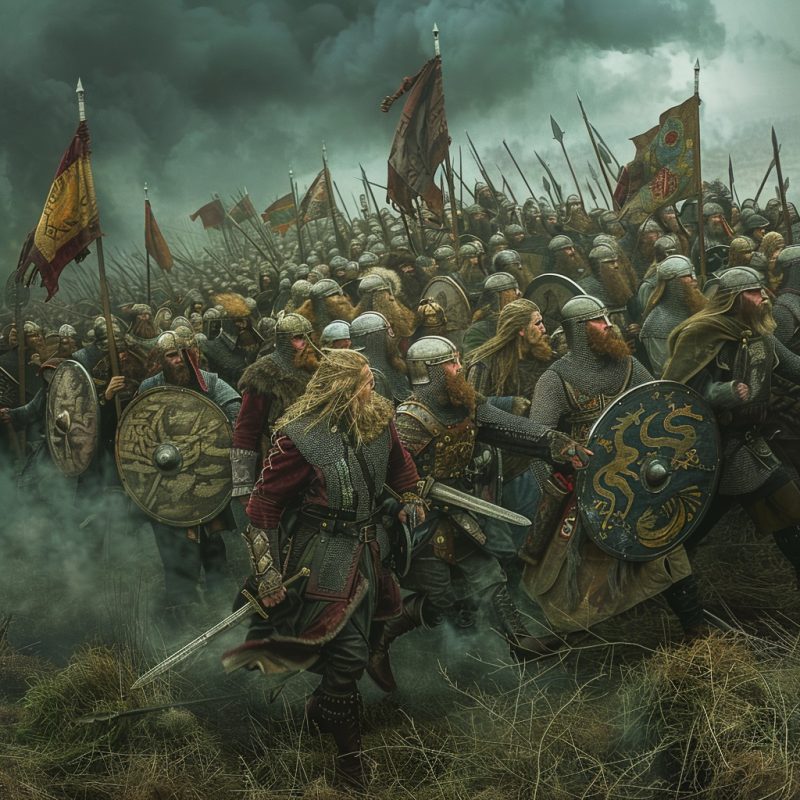Padmanabh Singh, the young Maharaja of Jaipur, blends royal heritage with modern pursuits, championing culture, polo, and philanthropy in 21st-century India.
“Padmanabh Singh, also fondly referred to as “Pacho,” represents the intriguing blend of royal lineage and contemporary attitudes in India in the 21st century.
As the informal Maharaja of Jaipur, he epitomizes a fresh generation of Indian royalty, harmonizing conventional duties with modern interests.
This article explores the life, accomplishments, and goals of this young royal, examining how he is molding his role in a swiftly evolving world.
Early Life and Royal Lineage
Padmanabh Singh, born on July 2, 1998 in New Delhi, is the firstborn son of Maharaj Narendra Singh and Princess Diya Kumari of Jaipur. He hails from the renowned Kachwaha dynasty, which held reign over Jaipur for hundreds of years. At the young age of 4, his grandfather, Maharaja Sawai Bhawani Singh – the final acknowledged Maharaja of Jaipur – adopted him as his heir.
The young prince’s childhood was a unique mix of royal tradition and modern upbringing. Growing up in the grand City Palace of Jaipur, Padmanabh was exposed to the rich cultural heritage of Rajasthan from a very young age. However, his parents and grandmother, Rajmata Padmini Devi, were keen on ensuring that he understood the value of hard work and humility, despite his privileged background.
Education: Bridging Tradition and Modernity
Padmanabh Singh’s education was a carefully crafted journey to prepare him for his future. He started his formal education at Mayo College in Ajmer, often referred to as the “Eton of India”. This prestigious boarding school gave Padmanabh a solid foundation in academics and character building. After Mayo he went on to study at Millfield School in Somerset, England. His tenure at this renowned British public school broadened his horizons and exposed him to international perspectives.
In 2018, Padmanabh sought advanced studies at the Università e Nobil Collegio Sant’Eligio in Rome. His focus was on managing cultural heritage, studying art history, and learning Italian. This selection of study demonstrates his dedication to the preservation and management of his family’s extensive cultural inheritance. Padmanabh’s comprehensive educational background has molded him into a globally-conscious person, fluent in several languages and adept at navigating various cultural environments. It has provided him with the necessary tools to connect Jaipur’s abundant history with the needs of the contemporary world.
Ascending to the Role of Maharaja
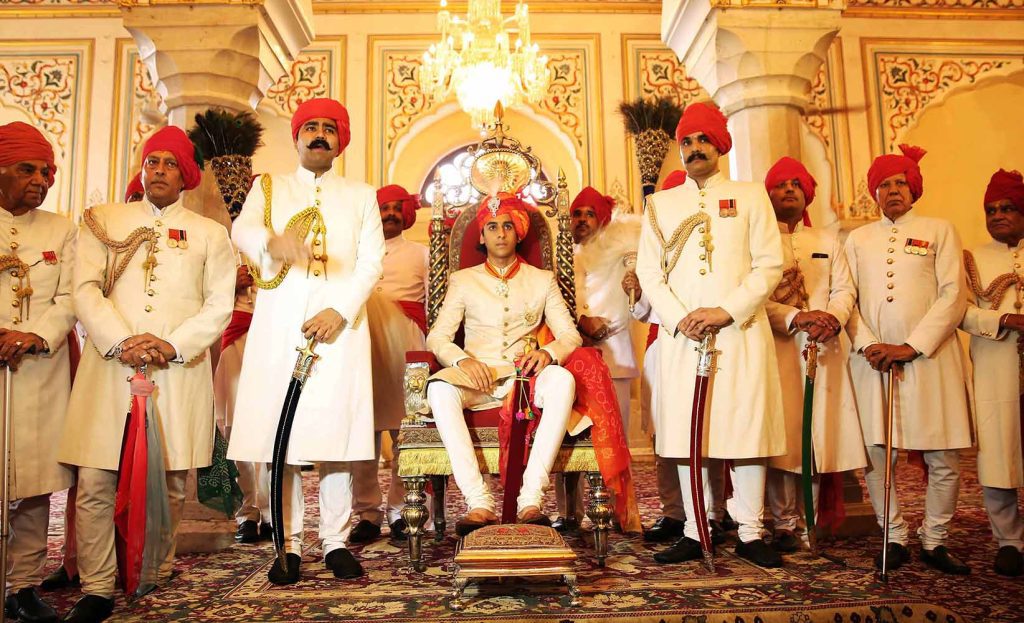
In 2011, 12-year-old Padmanabh was unofficially crowned as the Maharaja of Jaipur following the demise of his grandfather, Maharaja Sawai Bhawani Singh. This monumental event thrust him into the limelight and placed the burden of centuries-old royal traditions on his young shoulders.
Padmanabh has reflected on the crucial moment when he saw thousands of people lining Jaipur’s streets to honor his deceased grandfather. This awe-inspiring sight provided him with a deep comprehension of the respect and duty that his role entails.
It’s important to note that while princely titles and privileges were officially abolished in India in 1971, many former royal families continue to use titles unofficially and play significant cultural and social roles in their regions.
Royal Responsibilities and Heritage Preservation
As the figurehead of the Jaipur royal family, Padmanabh Singh has a diverse set of responsibilities. His main duty involves managing the City Palace Complex – a grand historic estate that serves as both the family’s home and a significant tourist site. Padmanabh is in charge of its upkeep, renovation, and the programs that allow public access. His goal is to ensure that this crucial part of Jaipur’s heritage is maintained for future generations.
As a cultural ambassador, Padmanabh is actively involved in traditional Rajasthani festivals and ceremonies. This not only helps preserve cultural continuity but also propagates the rich heritage of Jaipur to an international audience. Additionally, he is committed to several initiatives aimed at preserving and restoring historical properties in Jaipur, such as the grand Jaigarh Fort.
Padmanabh, while honoring tradition, is also keen on modernizing certain facets of heritage management. This involves initiatives to digitize records and enhance visitor experiences at historical locations, thereby striking a balance between safeguarding the past and welcoming the future.
Polo: A Royal Passion
Padmanabh Singh’s commitment to polo, a sport deeply ingrained in Indian royal culture, is a significant element of his public image. He embarked on his polo journey in 2015, starting to compete professionally. From that point onward, he climbed the ladder quickly, joining the Indian national polo team and earning the honor of representing India in high-profile international competitions.
In 2017, he achieved a significant milestone in his polo career by representing India in the Polo World Cup zonal playoffs in Iran, setting a record as the youngest player to do so. This achievement not only highlighted his skills, but also elevated India’s polo status on the global stage. He has participated in international matches in more than 20 countries.
He led the first Indian polo team to play at Hurlingham Park in London in the same year, marking the first time in over 70 years and creating a historic moment that connected the past and present of Indian polo. Padmanabh Singh’s proficiency in polo not only perpetuates his family’s athletic heritage, but also connects India’s regal history with its contemporary sporting culture. His involvement in polo has fostered international relationships and elevated both Jaipur and India to the international stage.
Fashion Icon and Global Ambassador
Padmanabh Singh has become a fashion icon globally, effortlessly mixing traditional Indian with modern style. His foray into fashion has seen several notable moments and collaborations. In 2017 he walked the ramp for Dolce & Gabbana in Milan, his first time on the international fashion scene.
From that time onwards, His Highness has appeared in a variety of prominent fashion magazines and photo shoots, thereby solidifying his reputation as a fashion icon. He has teamed up with esteemed designers and taken part in fashion weeks, using these opportunities to display his individual style and aspects of Indian fashion to an international audience.
Padmanabh Singh stands out in the fashion world due to his skill in effortlessly donning both traditional Indian attire and Western formal wear. His frequent appearances in exquisitely tailored bandhgalas and jodhpurs, which reflect his Rajasthani heritage, and in sleek Western suits at global events, have earned him personal commendations. Moreover, his adaptability has promoted Indian textiles and designs on an international scale.
Padmanabh frequently integrates elements of Rajasthani craftsmanship into his style, thereby supporting local artisans and traditional methods. In this way, he serves as a link between India’s abundant textile legacy and the modern fashion industry, spotlighting the talents and craftsmanship of Indian artisans.
Philanthropy and Social Responsibility
Although Padmanabh Singh is young, he has demonstrated a deep dedication to social issues and community growth. A large portion of his charitable work includes backing the Princess Diya Kumari Foundation, established by his mother. The foundation is committed to empowering women and fostering social entrepreneurship in Rajasthan, with the goal of offering skills and opportunities to disadvantaged women in the area.
Padmanabh has shown a strong interest in education. He has discussed the necessity of enhancing educational opportunities in Rajasthan, especially in regions with low literacy rates. This dedication comes from understanding the significant role of education in socio-economic development.
Using his experience and contacts in the polo world, Padmanabh champions for more sports facilities and opportunities for young people in Jaipur and other areas. He holds a strong belief in the transformative power of sports to develop discipline, teamwork, and self-confidence in the youth.
Padmanabh Singh also holds cultural preservation in high regard. He actively engages in numerous initiatives aimed at preserving and promoting Rajasthani art, music, and crafts. Such efforts not only contribute to the preservation of the region’s rich cultural heritage, but also create employment opportunities for local craftsmen.
Padmanabh is engaged in initiatives to encourage responsible and sustainable tourism in Jaipur. He appreciates the economic significance of tourism for the region, while also understanding the necessity of maintaining a balance with cultural and environmental conservation. His strategy is to highlight Jaipur’s heritage while simultaneously ensuring its safeguarding for the forthcoming generations.
Navigating Royal Life in Modern India
As a young royal in 21st century India, Padmanabh Singh faces unique challenges and opportunities. In a democratic India, he strives to make the concept of royalty relevant by focusing on cultural leadership and social responsibility. This involves redefining what it means to be a royal in contemporary times, moving beyond ceremonial roles to actively contribute to society.
Padmanabh Singh manages the intricate balance of maintaining age-old traditions while accepting required modernization. This demands a subtle comprehension of both historical context and present-day needs, a talent he has been developing through his education and experiences.
Being a public figure, he is always under the media spotlight and feels the pressure to set an example for the young Indian generation. The scrutiny that accompanies this status presents both opportunities and challenges, necessitating a delicate balance between public expectations and personal goals.
The task of managing and preserving large historical properties and artifacts necessitates substantial financial resources and strategic planning. Padmanabh is confronted with the challenge of guaranteeing these heritage sites’ economic sustainability while safeguarding their historical authenticity.
Though Padmanabh has not personally ventured into politics, his mother serves as a Member of Parliament. This political affiliation increases the public’s interest in the family’s activities. Therefore, the family must cautiously handle public statements and activities, ensuring a balance between personal opinions and their larger societal role.
Future Aspirations
Padmanabh Singh has identified several areas where he hopes to make a substantial contribution in the future. His plans include continuing and broadening efforts to conserve and restore Jaipur’s historical sites and cultural artifacts. In addition to physical restoration, he also aims to document and digitize historical records and art.
Padmanabh Singh prioritizes addressing the educational challenges in Rajasthan, with a special focus on enhancing female literacy rates. He acknowledges education as a critical catalyst for social and economic advancement and is dedicated to contributing to significant reforms in this sector.
Padmanabh Singh has expressed his desire to foster sustainable economic growth in Jaipur, particularly through responsible tourism and backing local crafts and industries. His vision is to create a model that balances economic development with cultural preservation and environmental sustainability.
Padmanabh perceives himself as a global ambassador for both Jaipur and India. His goal is to showcase the finest aspects of Indian heritage and modern accomplishments to the world, whether it be through polo, fashion, or cultural interactions.
Plans are also in place to expand the range and influence of Padmanabh Singh’s charitable endeavors. He has revealed in recent interviews his potential interest in setting up new foundations or NGOs to tackle social issues that he is deeply passionate about.
A Royal Legacy Reimagined
Padmanabh Singh is ushering in a fresh chapter in the narrative of Indian royalty. In a time when the significance of monarchies is frequently scrutinized, he has managed to give his role substance and impact. By harmonizing reverence for tradition with a forward-thinking perspective, he is creating a distinctive position for himself as well as shaping the idea of contemporary Indian royalty.
As Padmanabh Singh matures into his position, he must strike a balance between his personal ambitions and the demands of his role as the Maharaja of Jaipur. Thus far, his journey indicates a measured strategy towards achieving this balance, one which honors his lineage while embracing the possibilities presented by the contemporary world.
Padmanabh Singh is not only preserving a royal legacy through his diverse interests in sports, fashion, philanthropy, and cultural preservation, but creatively adapting it for the 21st century. His work provides a powerful illustration of how historical institutions can modernize and stay valuable and pertinent in today’s society.
Images: HH Maharaja Sawai Padmanabh Singh

